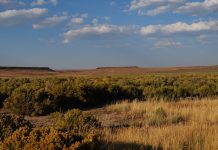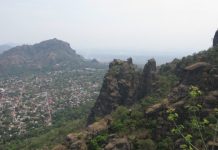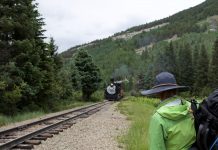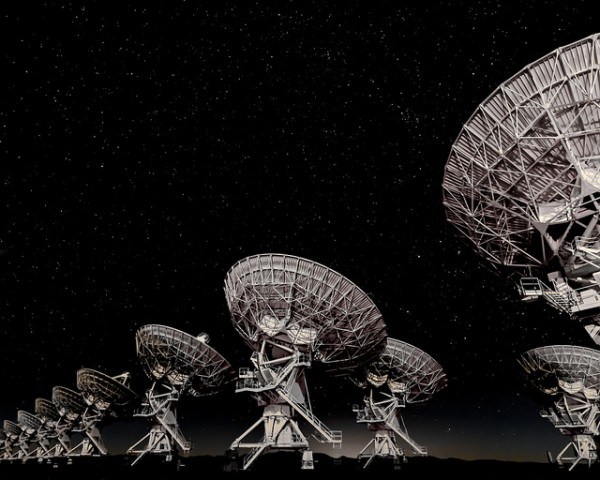
Where to Go Stargazing:
The Very Large Array (VLA), located in southern New Mexico, does just that. At 7,000 feet, the high desert offers a vantage point that researchers recognized as ideal for astronomical research. Dozens of massive satellite dishes are arranged on interconnected railroad tracks to mimic one gigantic radio telescope. The 82-foot high units can be arranged into various shapes to best receive various wavelengths of radiation. The VLA has been used to monitor the patterns of the cosmos and its phenomena. Much of what we know about black holes, quasars, gamma ray bursts and supernovas can be credited to the research of the facility.
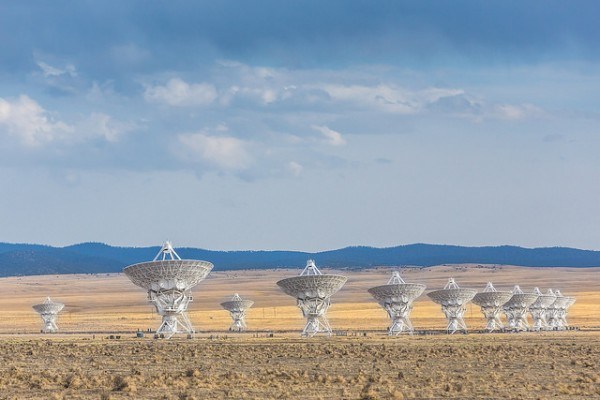
The scale of the devices can be otherworldly, and the solitude that is often found there has a quality of crystallization in time. The Sonoran desert draws a flat plain into low, dry hills far in the distance. The night air, sweet with sage and chamisa bush, can be silently still. Or else the wind blows with a maddening constancy that is a type of harsh stillness in itself.
When to Go Stargazing:
On a warm night, the VLA may be the best spot in the country for super-remote, high-altitude, low-humidity astronomical wonder, but anywhere will do. If you’re already there – be it the Andes, the Alps or the Adirondacks – take advantage of the nighttime show happening every year in August. It’s free. The Perseids Meteor shower takes place around August 12th, and depending on the moon, can be the most dramatic display of shooting stars you’re likely to see. The Earth moves through an asteroid field during that particular point in its revolution around the sun, and the flares incoming meteors can occur 100 times per hour.

If You Go to the VLA:
Combine your trip with a visit to the Bosque del Apache National Wildlife refuge. Thousands of birds flock the area as the weather turns cool, creating the ultimate location for photography of snow geese, sand hill cranes, hawks, eagles and dozens of types of ducks.






